In the early 1960s, as lasers debuted, LiDAR emerged - a fusion of "light" and "radar." Initially mapping small water bodies, LiDAR soared in the 1980s with GPS integration, revolutionizing geospatial data collection.
Back then, LiDAR sensors were bulky, tethered to piloted planes, and operated manually, limiting their accessibility. Fast forward to today: LiDAR is compact, cost-effective, and ingrained in diverse sectors, even in iPhones, crafting 3D models from 4.5 meters away.
This 60-year evolution is remarkable. But what is LiDAR, and how does it work? In this guide, we dissect LiDAR's components, explore its applications, and unravel the synergy of laser precision and data analytics.
What is LiDAR?
LiDAR, an acronym for "Light Detection and Ranging," stands as a revolutionary distance-measuring sensor, akin to its counterparts radar and sonar. Functioning by emitting laser pulses that rebound off objects, LiDAR sensors meticulously capture the intricate structure of their surroundings. The process involves recording the energy of the reflected light, enabling the precise determination of distances to objects. This, in turn, facilitates the creation of detailed 2D or 3D representations of the environment.

The JOUAV CW-25E VTOL drone with JoLiDAR-LR22S LiDAR sensor
LiDAR's superiority in sensing accuracy, compared to traditional technologies like radar and sonar, stems from its laser precision. It crafts detailed point clouds, essentially translating the features of objects or environments into tangible, solid representations on displays.
Operating across various wavelengths, from infrared (10 micrometers) to ultraviolet (250 nanometers), LiDAR employs different types of scattering (Rayleigh, Raman, Mie) tailored for specific applications. The ability to identify wavelength-dependent changes in the scattering signal extends its utility to the remote mapping of atmospheric composition and object properties.
The versatility of LiDAR extends across multiple platforms, from being mounted on aircraft such as airplanes, helicopters, or drones, to satellites, automobiles, and ground-based or hand-held devices. Remarkably, LiDAR has become so accessible that it's now found in everyday devices, including cell phones.
Types of LiDAR Sensors
There are different types of LiDAR sensors, and they can be broadly categorized based on their technology, application, and deployment. Here are some common types of LiDAR sensors:
Based on Platform
LiDAR sensors can be categorized based on the platform on which they are deployed. This includes aerial and ground-based LiDAR systems.
Airborne LiDAR
Airborne LiDAR systems are mounted on either fixed-wing drones or helicopters, and they play a crucial role in topographic and bathymetric applications.

Topographic LiDAR
Topographic LiDAR, employing a 1,064 nm near-infrared laser, is extensively used for land-based mapping. This system captures a dense point cloud, enabling the creation of high-precision 3D maps and models of the Earth's surface. To enhance accuracy, UAV topographic LiDAR often integrates a GPS receiver and an inertial navigation system (INS). Post-processing of data further refines precision.

Bathymetric LiDAR
Bathymetric LiDAR systems, utilizing a green wavelength of 532nm, are specifically designed to measure seafloor depths and shoreline elevations. These systems provide valuable information near coastlines, harbors, and shores. The dual functionality involves collecting elevation and water depth simultaneously, utilizing both infrared and green lasers for comprehensive airborne surveys.
Terrestrial LiDAR
Terrestrial LiDAR is mounted on a stationary or mobile platform, such as tripods, vehicles, or handheld devices.
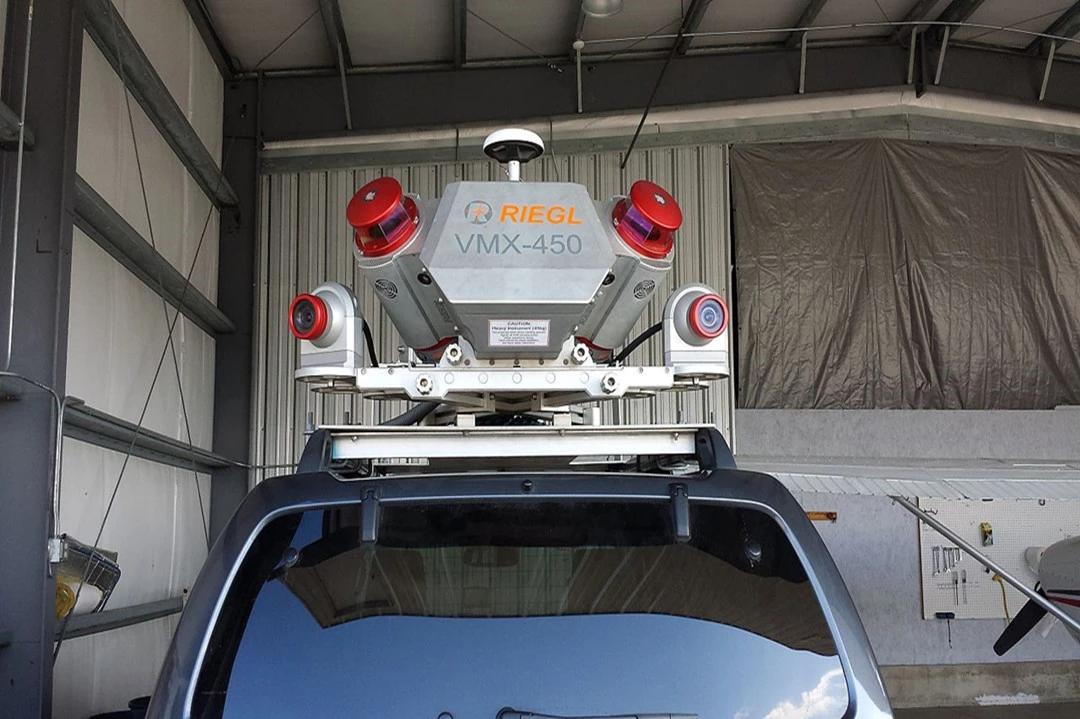
Mobile LiDAR
Dynamically mounted on moving platforms such as vehicles, trains, or boats, Mobile LiDAR systems play a crucial role in analyzing road infrastructure, identifying obstacles, and surveying transportation corridors. These systems often integrate LiDAR sensors with cameras, GPS, and inertial navigation systems for comprehensive data collection.
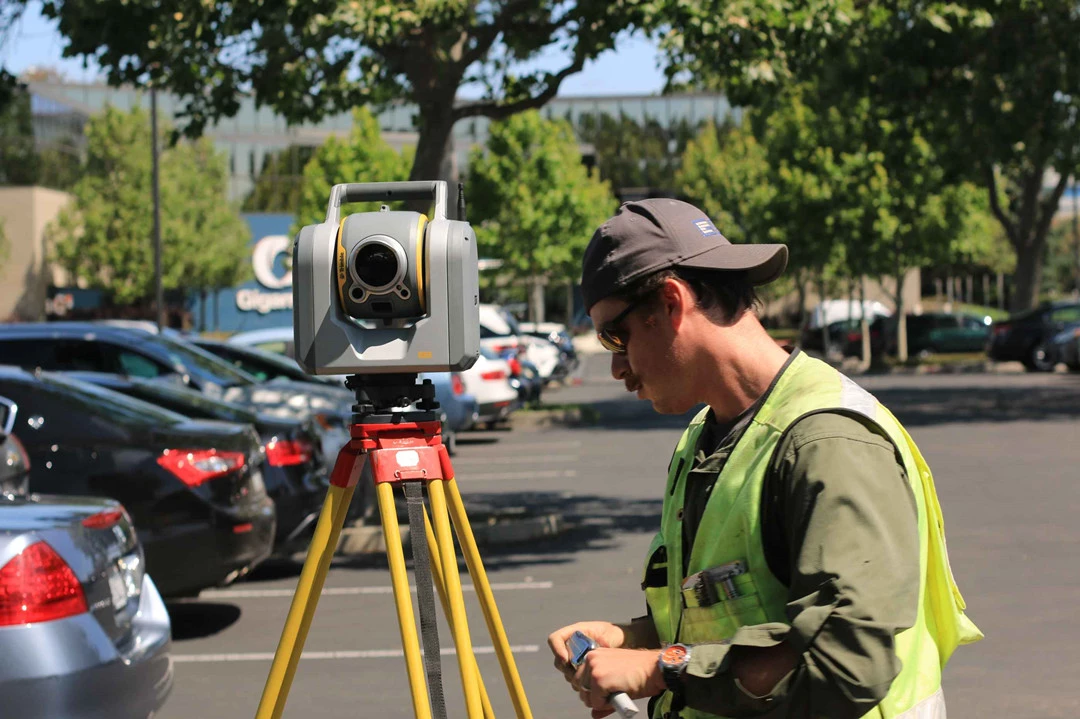
Static LiDAR
Positioned on tripods, Static LiDAR systems bring portability and flexibility to detailed scanning, accommodating both indoor and outdoor environments. Their applications span various industries, including engineering projects, mining operations, land surveying, and archaeological excavations.
Based on Detection Techniques
LiDAR can be categorized into Photon LiDAR and Linear LiDAR based on how they detect and measure reflected light. Linear LiDAR, including single-line variants, is commonly used across industries. Photon LiDAR, especially single-photon variants, offers high sensitivity and accuracy but is less common and more expensive.
Photon LiDAR
Photon LiDAR systems, whether single-photon or multi-photon, operate based on the principle of measuring the time it takes for emitted photons to return after interacting with objects in the environment.
-
Single-Photon LiDAR works by emitting a single photon at a time and then detecting the time it takes for that photon to return after bouncing off surfaces. This method allows for extremely sensitive detection, especially useful for capturing faint signals from distant or low-reflectivity objects or surfaces. The system calculates distances based on the time delay of the returned photons, enabling precise ranging and mapping.
-
Multi-Photon LiDAR functions similarly to single-photon LiDAR but requires the detection of multiple photons before registering a return signal. By averaging signals over multiple photon detections, this approach improves signal-to-noise ratio and enhances accuracy. Multi-photon LiDAR is particularly beneficial in environments with high noise levels or complex structures, where single-photon detection might be less effective.
Linear LiDAR
On the other hand, Linear LiDAR systems, whether single-line or multiple-line, operate based on the scanning pattern of their laser beams.
-
Single-Line LiDAR emits a single laser beam in a straight line, which is then rotated or oscillated to cover a larger area. As the beam hits objects in its path, it measures the time it takes for the reflected light to return. This method provides basic distance measurements along a single line, suitable for simple mapping and obstacle detection tasks.
-
Multiple-Line LiDAR emits multiple laser beams simultaneously, often arranged in a vertical or horizontal array. These beams scan the environment concurrently, capturing more data points in a single scan compared to single-line LiDAR. This approach increases data density and coverage, enabling faster data acquisition and more detailed 3D mapping. Multiple-line LiDAR is advantageous for applications requiring high-resolution mapping, such as autonomous vehicle navigation and urban planning.
Based on Scanning Methods
LiDAR sensors employ different scanning methods to capture information about the surroundings. The scanning method employed greatly influences the data resolution and coverage area.
Solid-State LiDAR
Solid-state LiDAR, which includes technologies such as Micro-Electro-Mechanical Systems (MEMS) and Optical Phase Arrays (OPA), operates without any moving parts. MEMS-based LiDAR employs tiny mirrors or other microstructures to direct laser beams, while OPA relies on electronically controlled phase shifting of light. While MEMS and OPA offer solid-state solutions, they may not cover a full 360°, so multiple LiDARs are often used in self-driving cars for comprehensive coverage. OPA is less deployed and hasn't been extensively tested in self-driving cars at scale.
Mechanical LiDAR
Mechanical LiDAR, in contrast, employs physical movement, often relying on spinning mirrors or other mechanical components to direct laser beams. The rotational movement enables a broader field of view, facilitating comprehensive environmental scanning. Advantages of Mechanical LiDAR include longer range capabilities and higher resolution, making them suitable for applications requiring detailed and long-distance object detection. However, their mechanical components introduce greater complexity and potential points of failure.
Flash LiDAR
Flash LiDAR, also known as Flash LiDAR Imaging or Time-of-Flight (ToF) LiDAR, operates by emitting a broad beam of light and capturing the reflected signals in a single flash. This allows for the simultaneous measurement of the entire scene, providing a rapid and comprehensive 3D representation. Flash LiDAR excels in capturing dynamic scenes quickly and comprehensively, making it suitable for applications like autonomous vehicles, robotics, and augmented reality. However, it may have limitations in terms of range compared to some mechanical LiDAR systems.
Based on Dimensionality
LiDAR sensors are categorized based on the dimensionality of the data they capture. This classification helps determine the level of detail and precision achievable in a given application.

2D LiDAR
2D LiDAR operates by emitting laser pulses in a single plane, typically horizontal or vertical. The sensor gauges the time it takes for the laser pulses to return, offering distance information within that specific plane. This design comprises an emitter laser diode and a receiver photodiode, with each color representing a distinct "layer." For instance, a 64-layer LiDAR sends 64 lines of photons. This type of LiDAR finds utility in applications where a flat representation of the environment suffices, such as in industrial automation for basic obstacle detection, inventory management, and fundamental mapping tasks.
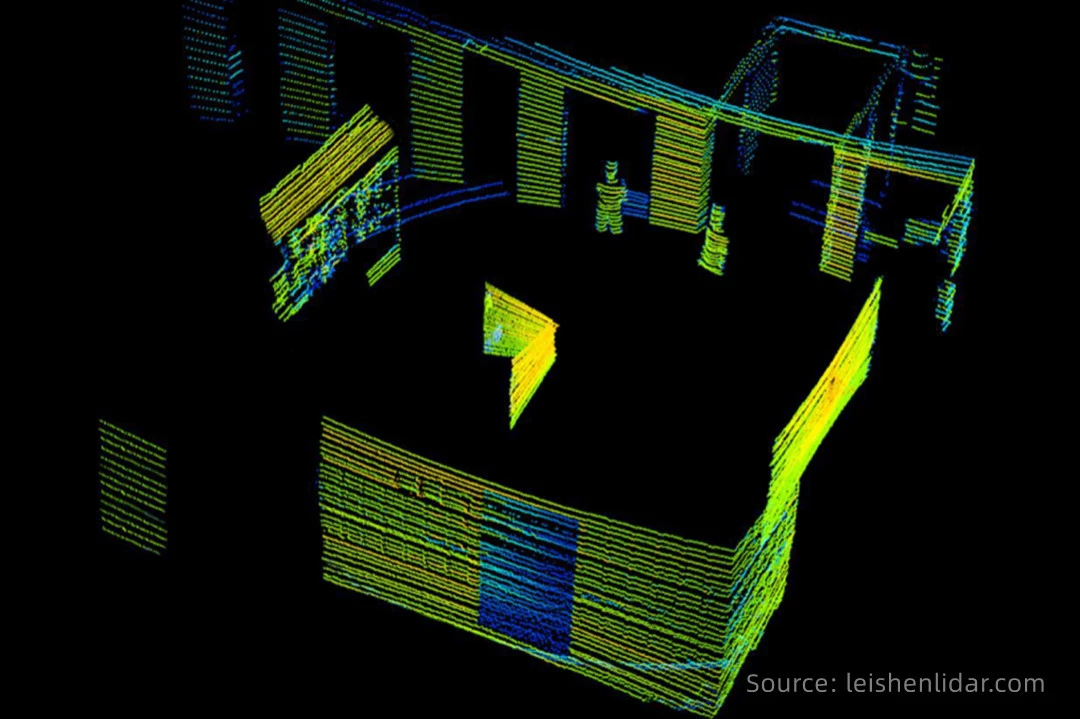
3D LiDAR
3D LiDAR captures spatial information in multiple planes (X, Y, Z), generating a detailed three-dimensional point cloud. This is achieved either by employing multiple lasers or a scanning mechanism that steers the laser beam in both horizontal and vertical directions. Ideal for applications demanding a thorough understanding of the three-dimensional structure of the environment, 3D LiDAR is commonly used in autonomous vehicles for obstacle avoidance, mapping, navigation, as well as in urban planning, forestry, and archaeology.
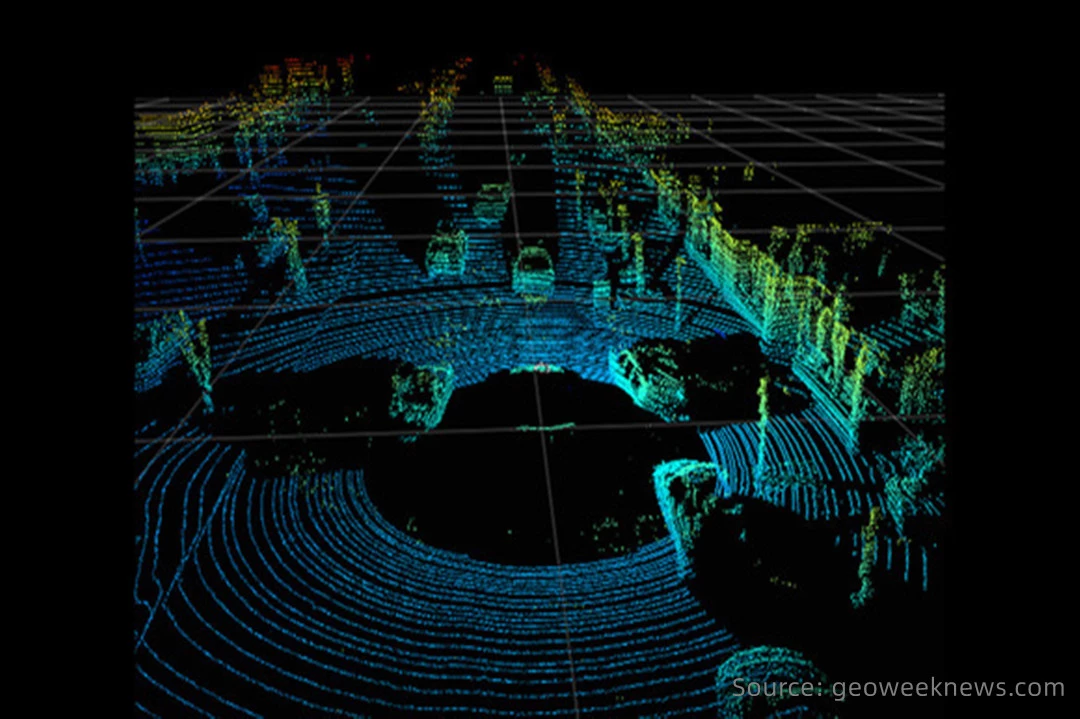
4D LiDAR
4D LiDAR goes beyond the static nature of 3D LiDAR by adding the dimension of time. This enhancement enables the sensor to capture changes and movements in the environment over time. Suited for dynamic environments where tracking moving objects or monitoring changes is crucial, 4D LiDAR finds applications in traffic management, security surveillance, and monitoring the flow of crowds in public spaces. It enhances situational awareness by not only providing a detailed 3D map but also allowing for the tracking of changes over time. This capability enables predictive analysis and monitoring of temporal dynamics.
Based on Modulation Techniques
The modulation technique employed by LiDAR sensors determines how the laser pulses are modulated, impacting factors like range accuracy, resolution, and interference resistance.

Time-of-Flight (ToF) LiDAR
ToF LiDAR operates based on the principle of measuring the time it takes for a laser pulse to travel to a target and back. This system emits short pulses of laser light and measures the time delay for the reflected light to return. The distance to the object is then calculated using the speed of light. One advantage of ToF LiDAR is its ability to provide accurate distance measurements with high resolution. However, it may face challenges in accurately measuring longer distances and suffers from potential interference issues.

Amplitude Modulated Continuous Wave (AMCW) LiDAR
AMCW LiDAR, on the other hand, utilizes a continuous laser beam with its amplitude modulated at a known frequency. By analyzing the phase shift between the emitted and received signals, the system determines the distance to the target. AMCW LiDAR is known for its capability to measure both distance and velocity accurately. Its advantages include the ability to handle various environmental conditions, but it may have limitations in terms of resolution and susceptibility to interference.
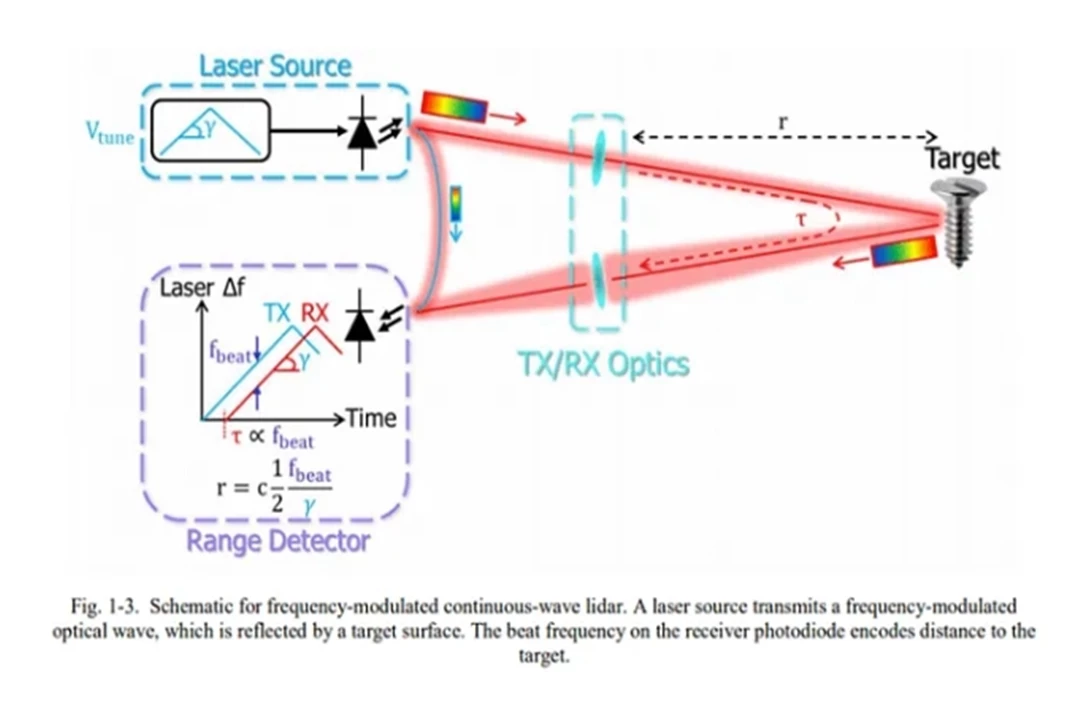
Frequency Modulated Continuous Wave (FMCW) LiDAR
FMCW LiDAR, in contrast, employs a continuous laser beam that is frequency modulated. The distance is calculated by analyzing the frequency difference between the emitted and received signals. FMCW LiDAR offers advantages such as high accuracy and the ability to measure multiple targets simultaneously. However, it may face challenges in terms of complexity and cost.
Based on Primary Measurement Principles
The primary measurement principles of LiDAR sensors define the underlying physics or mathematical concepts governing their operation. Understanding these principles is essential for selecting the right sensor for specific applications.
Smokeless Carbon Enhancer,Coal Carbonization,Petroleum Coke Carburizer,Graphitized Carburizer
Anyang Xinhai Metallurgical Refractory Co., Ltd , https://www.xinhaialloy.com
- 5-11 Alarm fire in Chicago, 2-5-71
- Rotary Tube Tilt Furnace
- Rotary Tube Tilt Furnace
- 5-11 Alarm fire in Chicago, 2-5-71
- Why a Rusting Exhaust System Can Be Deadly
- Why a Rusting Exhaust System Can Be Deadly
- The Opportunity for Better Starts at Autodesk Un…
- The Opportunity for Better Starts at Autodesk Un…
- The Dangers of the “Forever Chemical†in You…
- The Dangers of the “Forever Chemical†in You…
- Maywood 3-11 alarm fire 8-10-11
- Mass casualty drill in Gurnee
- Mass casualty drill in Gurnee
- Maywood 3-11 alarm fire 8-10-11
- New ambulance for New Lenox FPD
- Evanston 3-11 on 3-15-11 updated
- Evanston 3-11 on 3-15-11 updated
- What Does ‘Intrinsically Safe’ Mean?
- What Does ‘Intrinsically Safe’ Mean?
- Chicago 5-11 Alarm Fire 9-30-12 (update 6)
